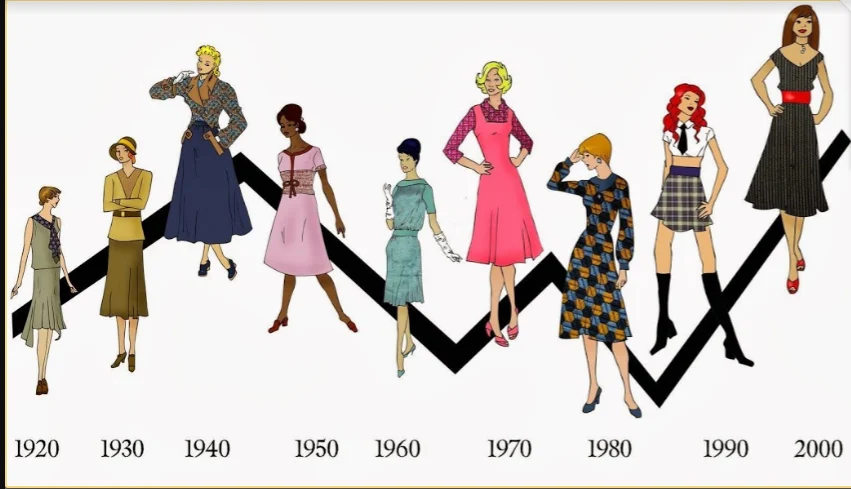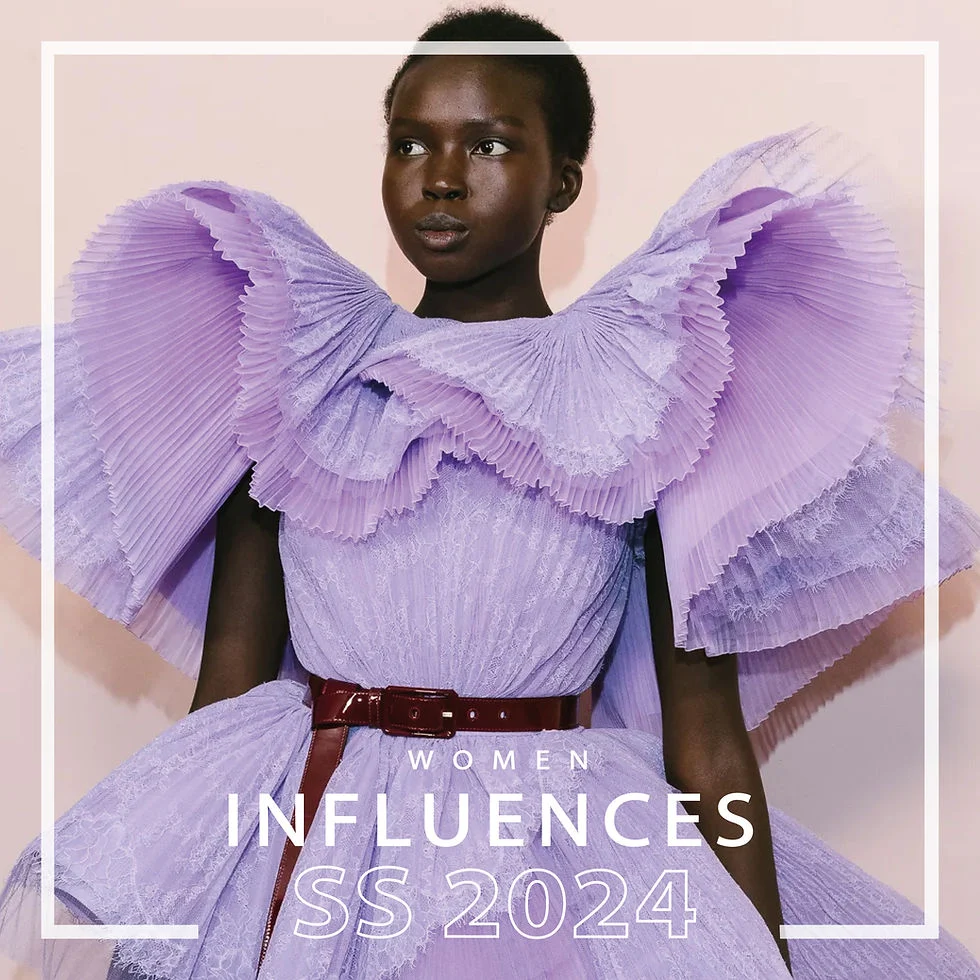Vintage and retro styles have been making a strong comeback in recent years, with many people embracing the nostalgic feel of bygone eras. The appeal of vintage fashion, furniture, and design lies in its unique and timeless aesthetic, as well as its sustainability and environmental consciousness. From 70s-inspired flared jeans to 90s grunge fashion, retro styles are reemerging in the mainstream and capturing the hearts of fashion enthusiasts and interior design aficionados alike.
This resurgence of vintage and retro styles can be attributed to a desire for individuality and self-expression, as well as a longing for the simplicity and authenticity of the past. The rise of social media and digital platforms has also played a role in popularizing vintage fashion and design, as influencers and celebrities showcase their unique retro-inspired looks to millions of followers. Additionally, the growing awareness of sustainable and ethical fashion has led many to seek out vintage and second-hand pieces as a way to reduce their environmental impact and support slow fashion movements.
As the fashion industry continues to embrace inclusivity and diversity, vintage and retro styles offer a way to celebrate the beauty of diverse fashion eras and cultures. With a focus on body positivity and self-acceptance, retro styles provide a refreshing alternative to the often homogenized and mass-produced fashion of today. As a result, people of all ages and backgrounds are finding joy in rediscovering and reimagining the timeless charm of vintage fashion and design.
The Nostalgia Factor: Embracing the Past
One reason for the return of vintage styles is the nostalgia factor. Many people find comfort and joy in revisiting the fashion, music, and design trends of previous decades. Whether it’s the vibrant colors of the 70s, the bold patterns of the 80s, or the sleek silhouettes of the 50s, retro styles allow people to connect with the past and relive fond memories. This emotional connection to the past has sparked a renewed interest in vintage fashion and design.
Furthermore, in today’s fast-paced and ever-changing world, there is a desire for stability and familiarity. Vintage styles offer a sense of timelessness and tradition that can be reassuring in a world filled with constant innovation. Embracing retro styles allows individuals to slow down, appreciate the beauty of the past, and incorporate classic elements into their modern lives.
Quality and Craftsmanship: A Return to Durability
Retro styles often harken back to an era when products were made with a focus on quality and craftsmanship. Whether it’s a vintage-inspired dress or a mid-century modern piece of furniture, retro designs often emphasize durability and attention to detail. In contrast to today’s disposable and mass-produced goods, the resurgence of vintage styles reflects a desire for products that are built to last.
Additionally, many people appreciate the unique character and story behind vintage items. Whether it’s the patina of a well-loved leather jacket or the handcrafted details of a retro-inspired accessory, there is an appreciation for the individuality and history that comes with vintage pieces. This return to valuing quality over quantity has contributed to the revival of retro styles in fashion, home decor, and beyond.
Environmental Awareness: Sustainable Fashion Choices
As the fashion industry grapples with its environmental impact, many individuals are turning to vintage and retro styles as a more sustainable option. By purchasing pre-loved clothing and accessories, consumers can reduce the demand for new production and minimize the amount of clothing ending up in landfills. This shift towards sustainable fashion choices has led to a resurgence of interest in vintage clothing and a reevaluation of disposable fast fashion.
Furthermore, embracing retro styles allows for creative and unique fashion choices that break away from the homogeny of mass-produced trends. By curating a wardrobe with vintage pieces, individuals can express their personal style while making environmentally conscious decisions. This focus on sustainability and individuality has played a significant role in the return of retro fashion.
Cultural Significance: Celebrating Diversity and History
Retro styles often reflect the cultural and historical influences of their respective time periods. By embracing vintage fashion and design, individuals have the opportunity to celebrate diversity and honor the traditions of different communities. Whether it’s the vibrant patterns of African wax print fabrics or the sleek lines of mid-century modern architecture, retro styles allow for a rich tapestry of cultural expression.
Additionally, the resurgence of retro styles has sparked conversations about the representation and inclusivity of different eras. By looking to the past for inspiration, there is a recognition of the need to acknowledge and learn from the diverse voices and experiences that have shaped our collective history. This cultural significance and celebration of diversity have contributed to the renewed interest in retro styles across various creative industries.
Iconic Style Icons: Honoring Fashion Legends
Retro styles often pay homage to iconic fashion figures and style movements that have left a lasting impact on the industry. Whether it’s the timeless elegance of Audrey Hepburn’s little black dress or the rebellious spirit of punk fashion, retro styles allow individuals to embody the essence of their favorite fashion icons. This celebration of style legends not only honors their contributions to fashion but also keeps their influence alive for future generations.
Furthermore, the revival of retro styles provides an opportunity to reinterpret and modernize classic looks, breathing new life into iconic designs. By drawing inspiration from fashion history, designers and fashion enthusiasts can continue to evolve and innovate while staying connected to the timeless allure of vintage fashion. This appreciation for iconic style icons has played a pivotal role in the resurgence of retro fashion trends.
Personal Expression: Embracing Individuality Through Style
Retro styles offer a sense of individuality and self-expression that may be lacking in today’s fast fashion culture. By incorporating vintage pieces into their wardrobes, individuals can create unique and eclectic looks that reflect their personal style and personality. Whether it’s mixing and matching different decades or putting a modern twist on a retro outfit, vintage fashion allows for a diverse range of creative expression.
Moreover, the appeal of retro styles lies in the ability to stand out from the crowd and make a statement through fashion. Whether it’s through bold prints, vibrant colors, or timeless silhouettes, vintage fashion encourages individuals to embrace their individuality and express themselves with confidence. This focus on personal expression and self-confidence has contributed to the resurgence of retro styles as a means of sartorial storytelling.
Timeless Appeal: Enduring Aesthetics and Design Principles
One of the reasons for the enduring popularity of retro styles is their timeless appeal and enduring aesthetics. Whether it’s the clean lines of mid-century modern furniture or the glamorous Hollywood-inspired fashion of the 1940s, retro designs have proven to stand the test of time. The classic and elegant nature of vintage styles continues to captivate audiences and inspire contemporary interpretations.
Additionally, retro styles often embody design principles that prioritize form and function, resulting in visually pleasing and practical creations. From retro appliances that combine style and utility to fashion designs that seamlessly blend sophistication and comfort, vintage aesthetics continue to influence modern design sensibilities. This enduring appeal and timeless quality have contributed to the resurgence of retro styles in various creative fields.
Pop Culture Influence: Reviving Vintage Trends in the Media
The resurgence of retro styles can also be attributed to the influence of pop culture and media. Whether it’s through popular television shows set in different decades, the use of vintage aesthetics in advertising, or the incorporation of retro fashion in music videos, the media plays a significant role in reviving and reimagining vintage trends. This exposure to retro styles in mainstream media has sparked renewed interest and appreciation for the fashion and design of previous eras.
Furthermore, social media platforms have provided a space for individuals to share and celebrate their love for vintage fashion, creating communities and subcultures dedicated to retro style. This digital landscape has allowed for the widespread sharing of inspiration and the reemergence of forgotten trends, further fueling the revival of retro styles in contemporary fashion and pop culture. The influence of media and digital platforms has played a key role in reintroducing and reinvigorating vintage trends for a new generation.
| Reasons | Explanation |
|---|---|
| Nostalgia | People are drawn to the familiarity and nostalgia of retro styles. |
| Quality | Retro styles are often associated with higher quality and craftsmanship. |
| Timelessness | Many retro styles have a timeless appeal that transcends trends. |
| Individuality | Retro styles allow people to express their individuality in a world of mass production. |
| Sustainability | Choosing retro styles can be a sustainable and eco-friendly fashion choice. |



